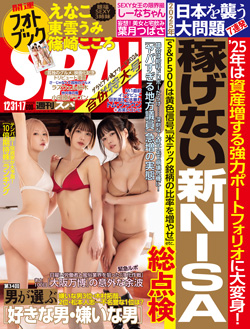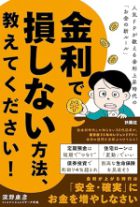『英語対訳で学ぶ日本』が役に立つ③――外国の日本研究者にも最適
This book is a good introduction to the way historical and social subjects are taught in Japanese compulsory education. Japanese school textbooks are very slim compared to those used in the United States, with any single subject given only a few lines or at most a few paragraphs of treatment.
本書は、日本の義務教育において、歴史的・社会的な主題がどのように教えられているか知るための良き入門書である。日本の教科書はアメリカで使われているものに比べて非常に薄く、どのテーマについてもほんの数行で、ないしは、多くても2、3段落で扱われているのである。
The organization is generally chronological, starting from the prehistoric Jomon and Yayoi cultures, and ascending to the 1990s real estate and stock market bubble and beyond. Aside from the historical narrative, there are articles on subjects such as the Japanese climate, anime, Japanese festivals, etc., and an appendix listing World Cultural Heritage Sites in Japan.
本書の構成はおおむね年代順であり、先史時代の縄文文化と弥生文化から始まり、1990年代の不動産と株式市場のバブルと、その後についてまで扱われている。歴史の叙述のほかに、日本の気候【注:冒頭の画像参照】、アニメ、お祭りといった主題についても述べられており、付録には日本の世界遺産リストが掲載されている。
Foreign readers who only know about Japanese school textbooks from the claims made by foreign journalists, who do not appear to have actually looked at any of the textbooks currently in use, may find some aspects of this book quite surprising. I have repeatedly seen it claimed by foreigners that Japanese ignore or downplay the degree to which learning from China or Korea was important. However, continental input is in fact stressed in this book, not just in terms of culture and technology but also in terms of continental migrants to Japan.
今現在、日本で使われている教科書を実際に見たことがないと思われる海外のジャーナリストたちの主張からしか、日本の教科書について知らない外国人の読者たちは、本書の幾つかの側面に驚くかもしれない。日本人は中国や韓国から学んだことの重要性を無視するか軽視していると何人もの外国人が主張するのを私は何度も見てきた。しかし本書では、それどころか大陸からの影響を強調しているのであり、それも、文化や技術の側面のみならず、大陸から日本への人の移住という側面からも強調されているのである。
I wish there had been a text such as this for help with historical research when I was first learning Japanese. We were given texts that were fiendishly difficult in terms of vocabulary and unexplained references, and which were also often written in an opaque and convoluted style, requiring us to learn on a sink-or-swim basis. It would have been much better to have learned gradually using bilingual works of progressive difficulty such as this volume.
私が日本語を学び始めた当初に、歴史の研究をする際にこのような情報源があったら良かったのにと思う。当時、私たちには語彙が非常に難解で、説明のない引用文ばかりの情報源しかなく、不明瞭で入り組んだ文体で書かれていることが多かったので、自力で何とかしながら学ぶしかなかったのだ。本書のように少しだけ難しい二言語で書かれた本をつかって、少しずつ学べたらどんなにか良かっただろうと思う。
The original Japanese content is the work of Kazuhiro Miyashita (Waseda University) and Tomitaro Hashimoto (Kokugakuin University). The highly idiomatic English was the work of Jason M. Morgan (Reitaku University) and Takao Inukai (Reitaku University). The project was supervised by Osamu Nakayama (Reitaku University).
日本語の原文は宮下和大(早稲田大学【注:出身。現、麗澤大学】)と橋本富太郎(国学院大学【注:出身。現、麗澤大学】)の執筆によるもの。極めて自然な英文は、ジェイソン・モーガン(麗澤大学)と犬飼孝夫(麗澤大学)によるもの。出版プロジェクトは中山 理(麗澤大学)が監修した。(④に続く)
(文責=育鵬社編集部M)
 |
『英語対訳で学ぶ日本 ――歴史と文化の111項目』 あなたは英語で、日本を伝え説明できますか? 英語の勉強にもなり、日本史通にもなれる。草の根の交流に役立つ珠玉の一冊! 
|
ハッシュタグ
ハッシュタグ
おすすめ記事




















